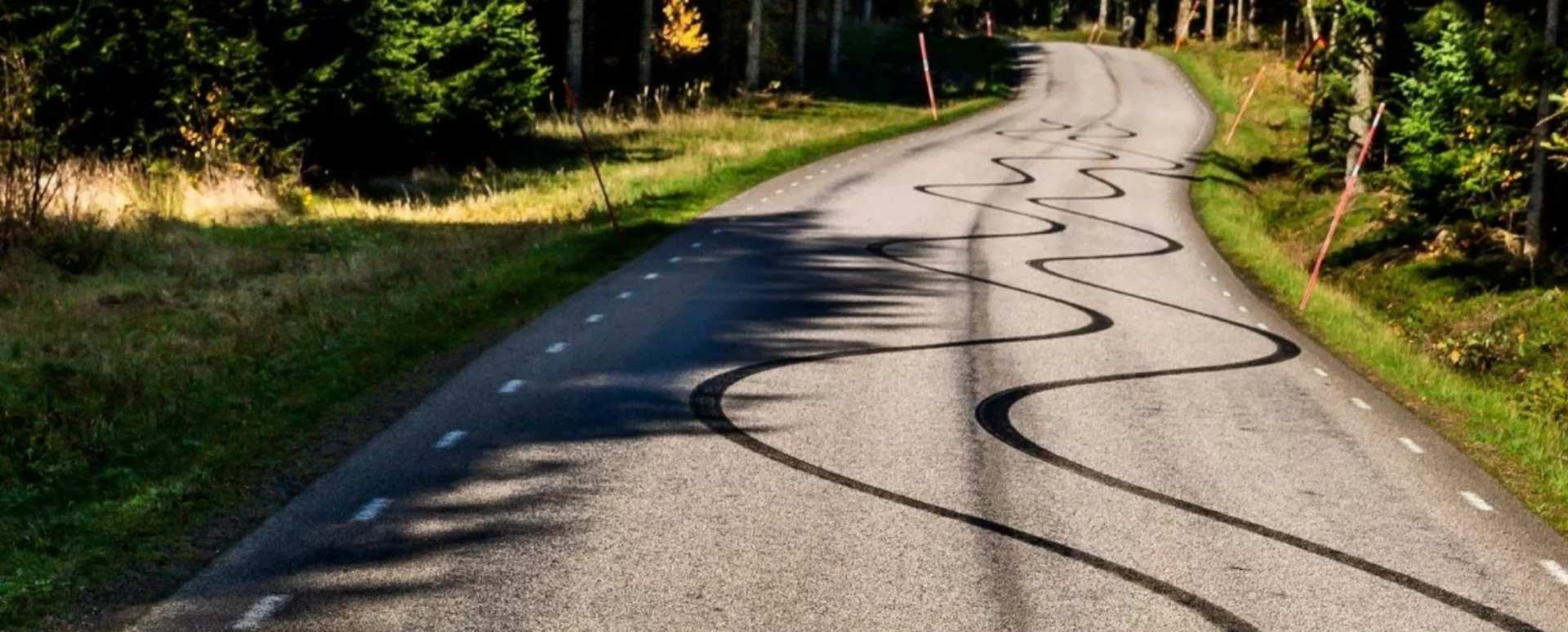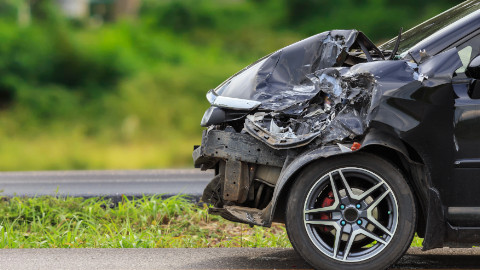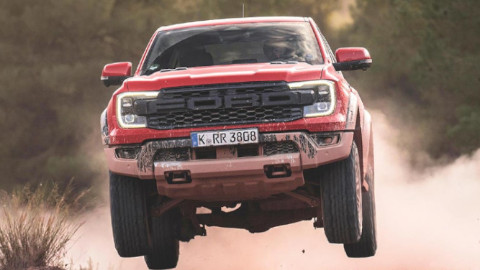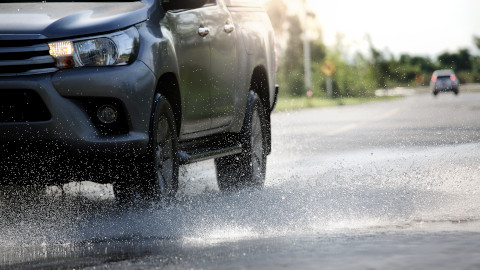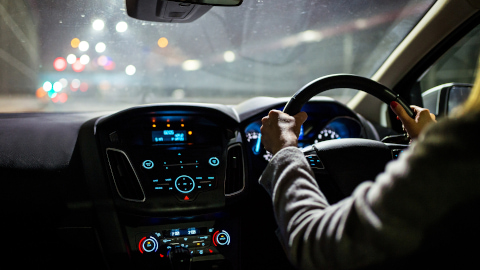Skidding is one of the most unnerving experiences a driver can face, often leading to dangerous situations and road accidents if not handled correctly.
There are many reasons why drivers might experience skidding, including driving in the rain, navigating icy conditions, or simply taking a sharp turn too quickly. Understanding what causes a car to skid and knowing how to react can be life-saving.
In this guide, we’ll explore the common causes of skidding, how to avoid it, and what to do if your car starts to skid.
Contents
- What causes a car to skid
- How to stop your car from skidding
- What to do if your car skids
- Frequently asked questions
What causes a car to skid?
A skid happens when your car's tyres lose grip on the road surface, and can be caused by various factors, including:
- Oversteering: Turning the wheel too sharply or trying to correct a turn too quickly.
- Excessive Braking: Locking up the wheels, especially on slippery surfaces.
- Accelerating Mid-Turn: Applying too much power while the tyres are already engaged in a turn.
- Adverse Weather Conditions: Rain, snow, or ice reduce traction, making it easier for the tires to lose grip.
Making yourself aware of these causes can help you adjust your driving habits to minimise the risk of skidding.
How to stop your car from skidding
Skidding can be a distressing experience, but by following the correct steps and procedures, you can significantly lower the chances of it occurring.
Adjust Your Speed
Driving too fast for the road conditions is one of the most common causes of skidding, so you must always match your speed to the environment and weather.
For instance, in wet or icy conditions, reduce your speed well below the posted limit to allow your tyres better contact with the road. Braking distances increase dramatically in harsh weather conditions, so slower speeds also give you more time to react.
Maintain Your Tyres
Your vehicle's tyres are the first line of defence against skidding, so check them frequently to ensure the tread depth meets the legal requirement of at least 1.6mm across the central three-quarters of the tyre.
Many experts recommend replacing tyres when the tread depth reaches 3mm to ensure optimal grip, especially when driving in winter. It's important to check your tyre pressure regularly, as underinflated or overinflated tyres can reduce traction and stability.
Brake Smoothly
Sudden, harsh braking is a key contributor to skidding, particularly on slippery roads, so you should always brake gradually, allowing your vehicle's anti-lock braking system (ABS) to do its job effectively.
ABS prevents wheel lock-up and maintains traction, but it works best when braking inputs are steady and controlled. If you find yourself needing to stop suddenly in adverse weather, apply firm but measured pressure to the brakes rather than slamming them.
What to do if your car skids
Despite your best efforts, you might still experience a skid at some point, and the key to handling this situation is staying calm and taking measured actions.
Avoid slamming on the brakes, as this can escalate the skid. Instead, gently steer in the direction you want to go, aligning the tires with the direction of the skid. Ease off the accelerator slowly, allowing the vehicle to stabilise.
Once you've gained back the control of your vehicle, bring your speed down further and assess whether it's safe to continue driving.
Frequently asked questions
If your car begins to skid on ice, ease off the accelerator and steer into the skid, keeping your movements smooth and controlled. Avoid braking until the vehicle regains traction.
The primary cause of skidding is driving too fast for the road or weather conditions. Other factors include sharp steering, sudden braking, or accelerating on slippery surfaces.
To prevent skidding, drive at a safe speed, maintain proper tyre pressure and tread, and brake gently. If you feel the car start to skid, focus on steering into the skid and avoid sudden inputs on the pedals.
Frequent skidding is often caused by worn tyres, driving too fast for conditions, abrupt actions like sudden braking or turning, poor road surfaces, or mechanical issues such as faulty brakes or tyres. Regular maintenance and adjusting your driving style can help prevent skidding.

